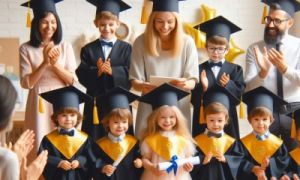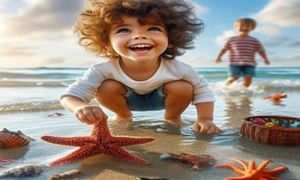The Magic Lunchbox tells a story about when Grandma comes to visit and gives Mango and Sprint a "magic lunchbox". This story is available to download for FREE for Educators to read during group time which supports young children to understand everyday healthy food choices.
Central Coast author Angela Barrett and illustrator David Walsh have created a delightful storybook to inspire and delight children in the 4 to 6-year age group. It has been prepared as an instructional tool to be used to provide continuity of learning about good food choices.
Group Time and Intentional Teaching
1. Discuss the cover, title page, the back and front of the book.
- What do you think the book is about?
- Why are there lots of stars around the lunchbox?
- How do you think the cat feels in the picture?
- Do you like the cover design?
2. Read the story to the children.
- Continue discussing pages in the book after it has been read from beginning to end.
3. Systematically work through the story asking questions about each page.
- What would you like to do now that you know about The Magic Lunchbox?
- Just suppose -
- Imagine -
- How, what, when, why questions.
4. Discuss ideas for extension activities with children and other staff:
- Have a healthy lunchbox theme for a week
- Read the story every day for the week
- Refer to the Munch and Move resource manual ‘Munch Learning’ section for further ideas.
Extension Of Learning Experiences
- Children can group foods in categories – foods ‘The Magic Lunchbox’ likes and dislikes.
- Group foods into foods starting with the same sound, e.g. ‘a’, ‘ch’, ‘b’.
- Sort foods into fruits and vegetables.
- Sort foods into different colours.
- Use plastic money and cash registers to add to the sense of reality.
- Children can shop for food they would like in their lunchbox.
- Have clothes to dress up as Sprint, Mango and Grandma.
- Some props to include could be a soft toy cat, a green lunchbox and plastic food samples.
- Children can re-enact the story on their own in free time or in a group as a structured activity
- Children can draw or paint their favourite food, their healthy lunch box, or a picture of grandma.
- Magazines for children to cut out pictures of healthy food they would like in their lunchbox.
- Create a vegetable garden or grow a fruit tree.
- Plant some of the vegetables in the ‘Magic Storybook’.
To download the FREE storybook: The Magic Lunchbox
For Magic Lunchbox Educational Resources and more: Magic Lunchbox Resources
For further Lunchbox information: Healthy Kids NSW
Reference:
The Magic Lunchbox - Central Coast Health Promotion



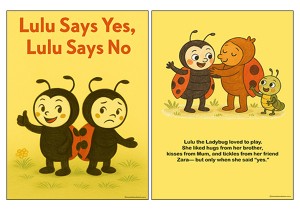
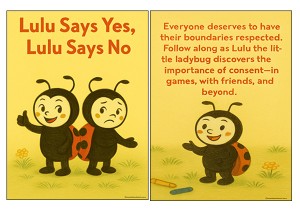
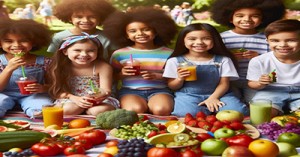
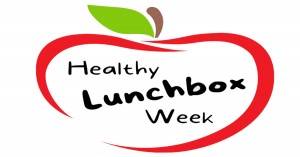
 Open ended questions cannot be responded to with one word answers such as yes or no. These types of questions enables a child to provide
Open ended questions cannot be responded to with one word answers such as yes or no. These types of questions enables a child to provide During your child’s preschool years, an important milestone begins to emerge. This is the development of pre-writing skills. Pre-writing skills are used to encourage, develop
During your child’s preschool years, an important milestone begins to emerge. This is the development of pre-writing skills. Pre-writing skills are used to encourage, develop Open ended materials enables children to play freely. They are objects that have no rules to follow, use or function. Raw materials that can be
Open ended materials enables children to play freely. They are objects that have no rules to follow, use or function. Raw materials that can be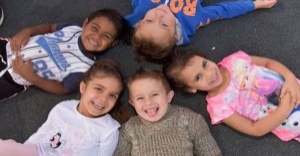 An Acknowledgment of the Country is a way of showing respect for the Traditional Owners and can be given by both non-Indigenous people and Aboriginal
An Acknowledgment of the Country is a way of showing respect for the Traditional Owners and can be given by both non-Indigenous people and Aboriginal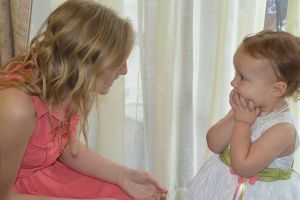 Language plays an important role in a child’s development. It enables a child to communicate effectively with their family, learn at school, socialize with friends,
Language plays an important role in a child’s development. It enables a child to communicate effectively with their family, learn at school, socialize with friends,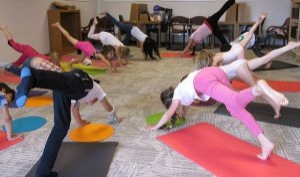 Like adults, children have to deal with their own stress in life. Moving house, starting a new school, preparing for a new sibling - these are
Like adults, children have to deal with their own stress in life. Moving house, starting a new school, preparing for a new sibling - these are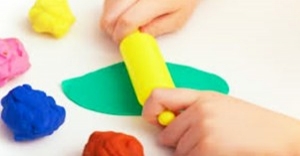 Playdough is such a versatile material. It provides numerous benefits to children as they manipulate it, it is safe and soothing and provides children with
Playdough is such a versatile material. It provides numerous benefits to children as they manipulate it, it is safe and soothing and provides children with Teaching children about sustainability enables them to appreciate and respect the natural environment. Early childhood services can provide meaningful hand on learning experiences in order
Teaching children about sustainability enables them to appreciate and respect the natural environment. Early childhood services can provide meaningful hand on learning experiences in order Recycling is an important concept that teaches children to care for the environment. It encourages children to be responsible and show a growing appreciating for
Recycling is an important concept that teaches children to care for the environment. It encourages children to be responsible and show a growing appreciating for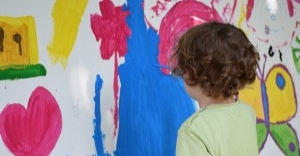 When children apply paint to paper, glue things together, or pound a lump of clay, they experiment with colour, shape design and texture.
When children apply paint to paper, glue things together, or pound a lump of clay, they experiment with colour, shape design and texture.

